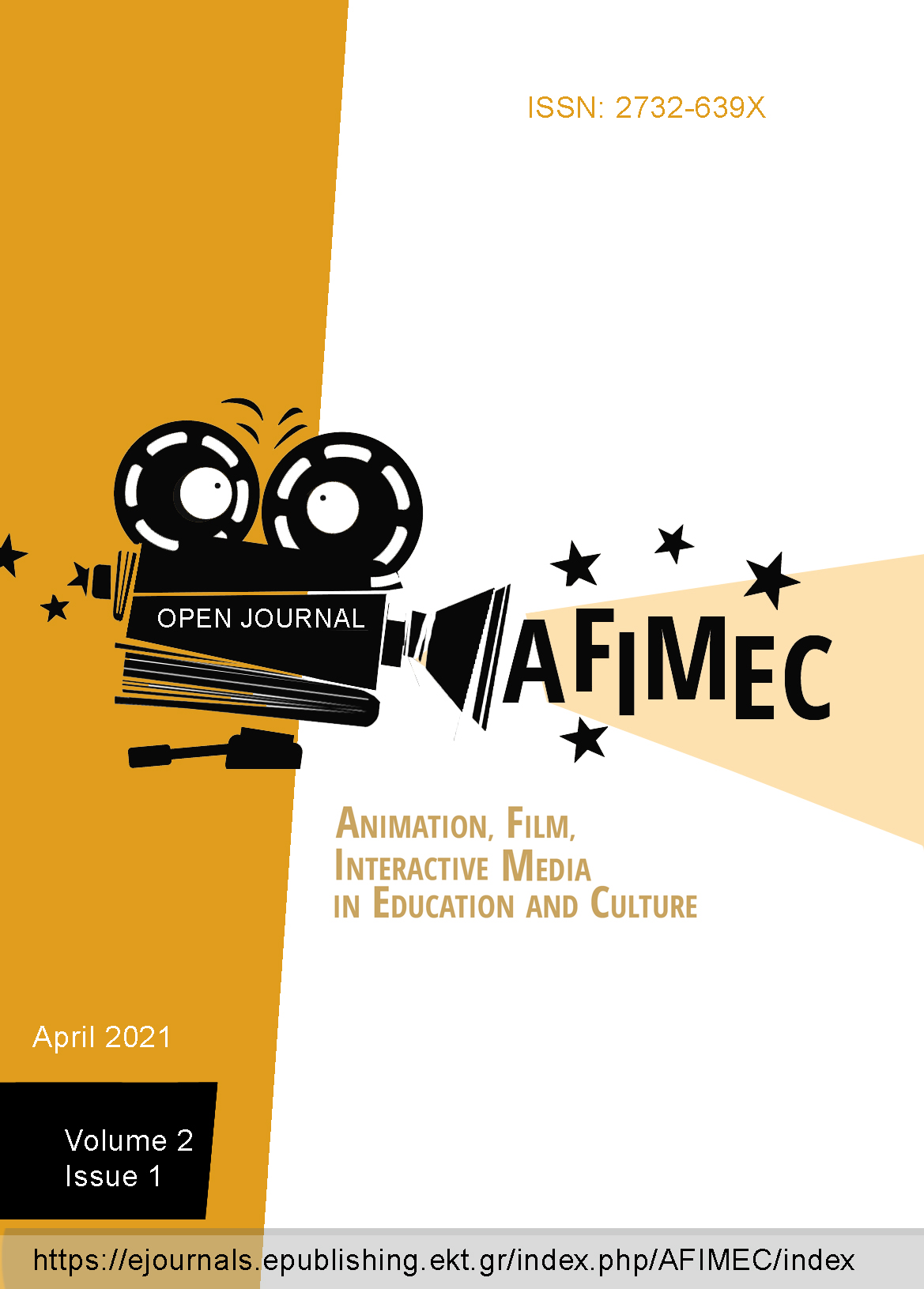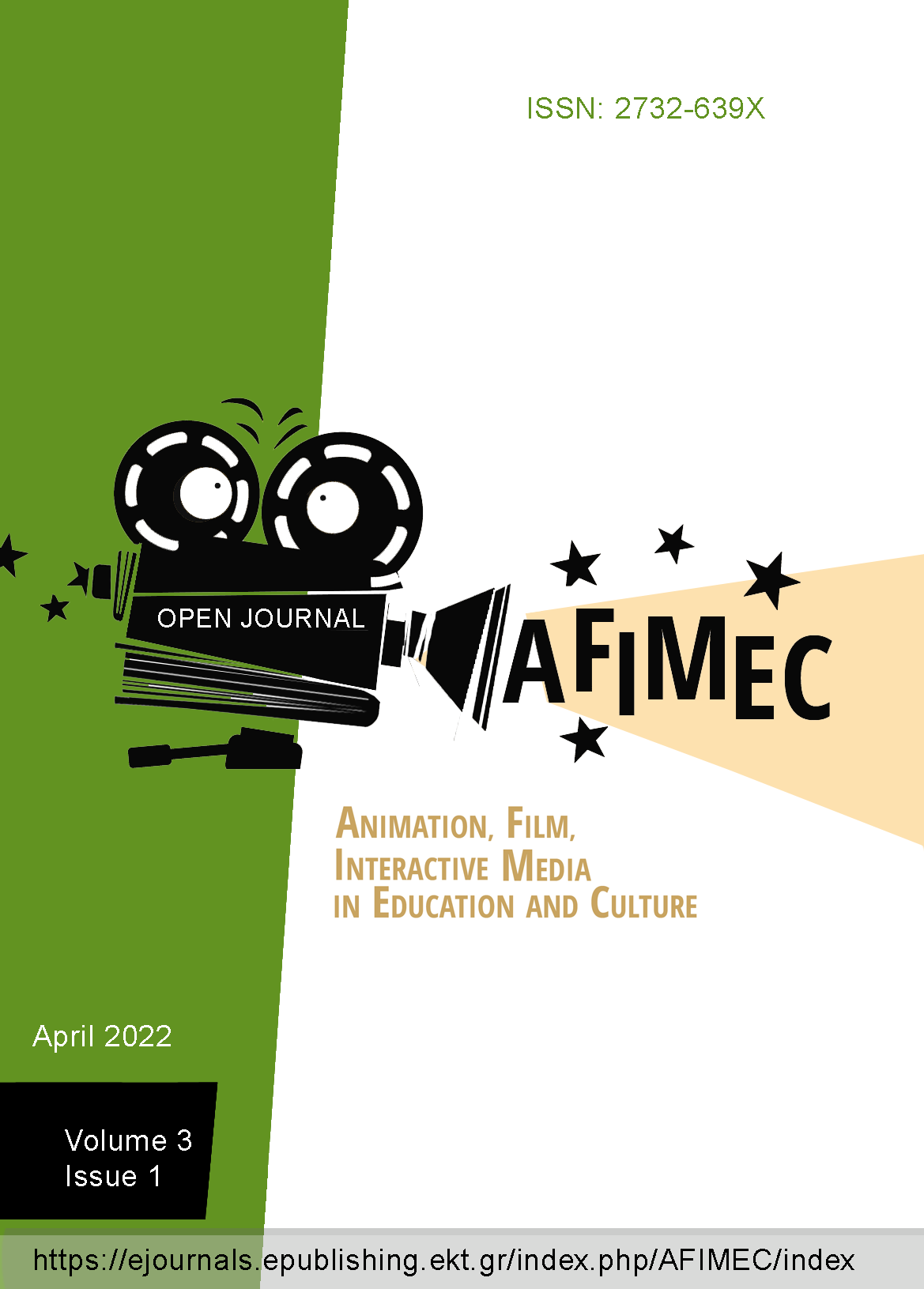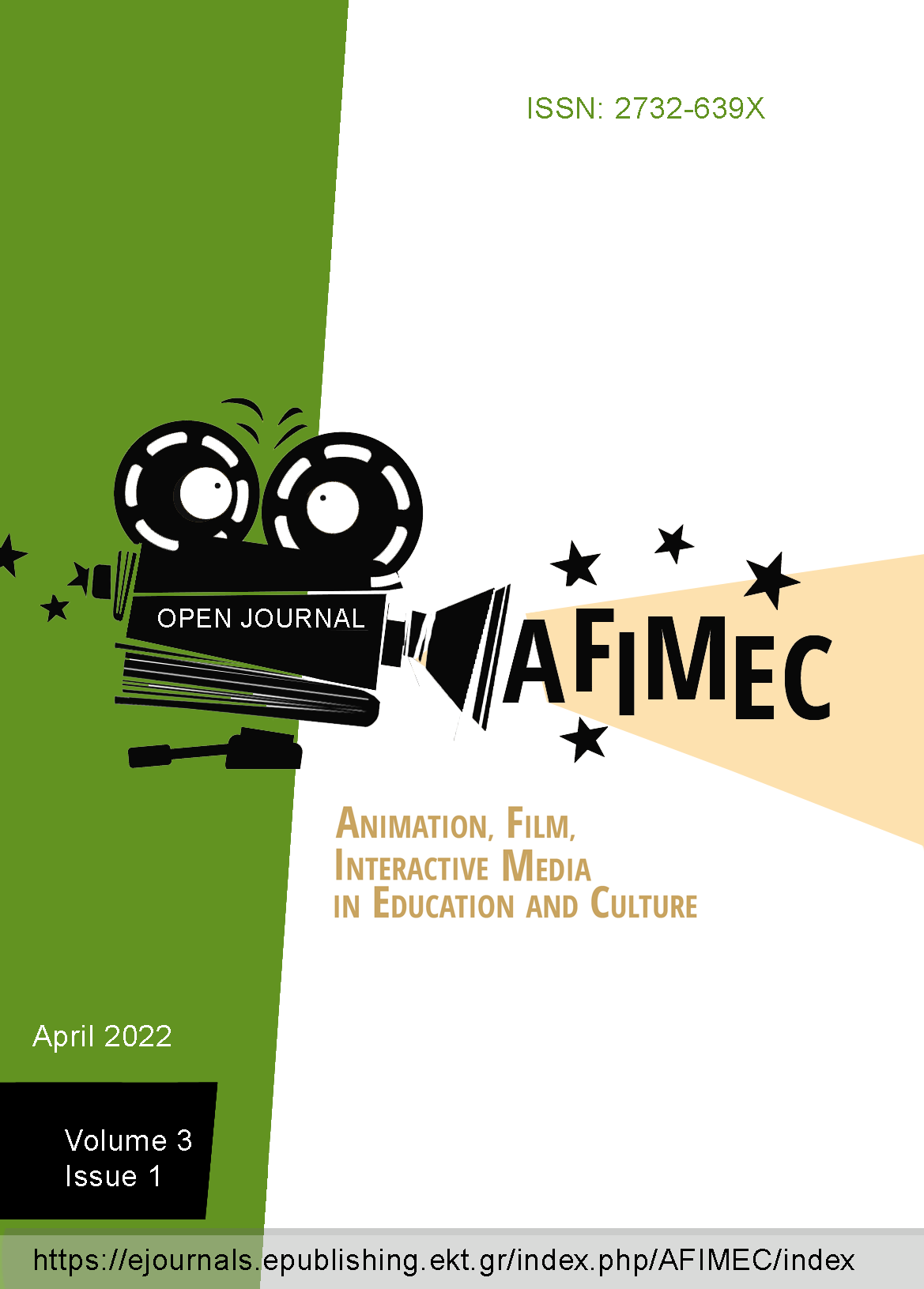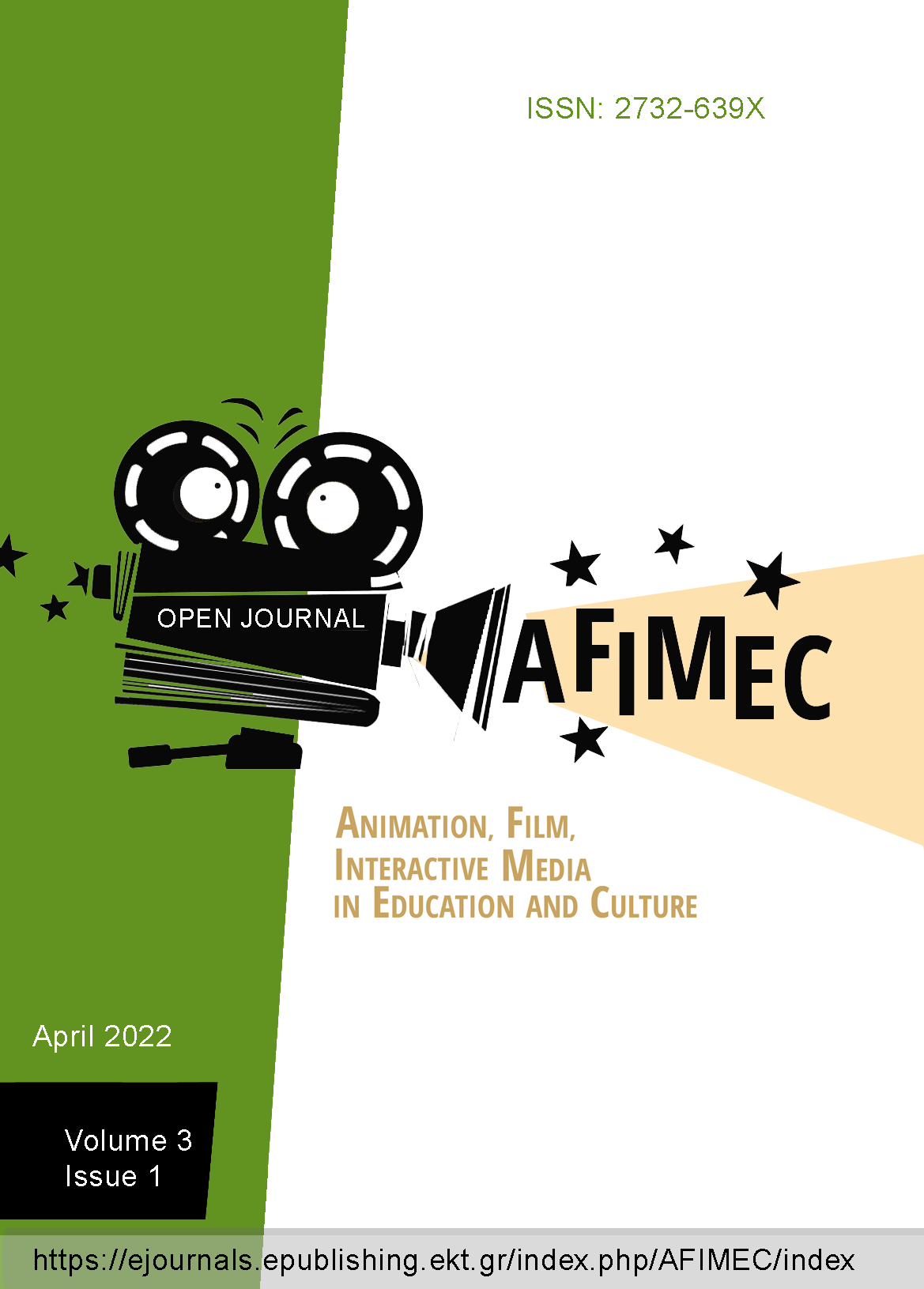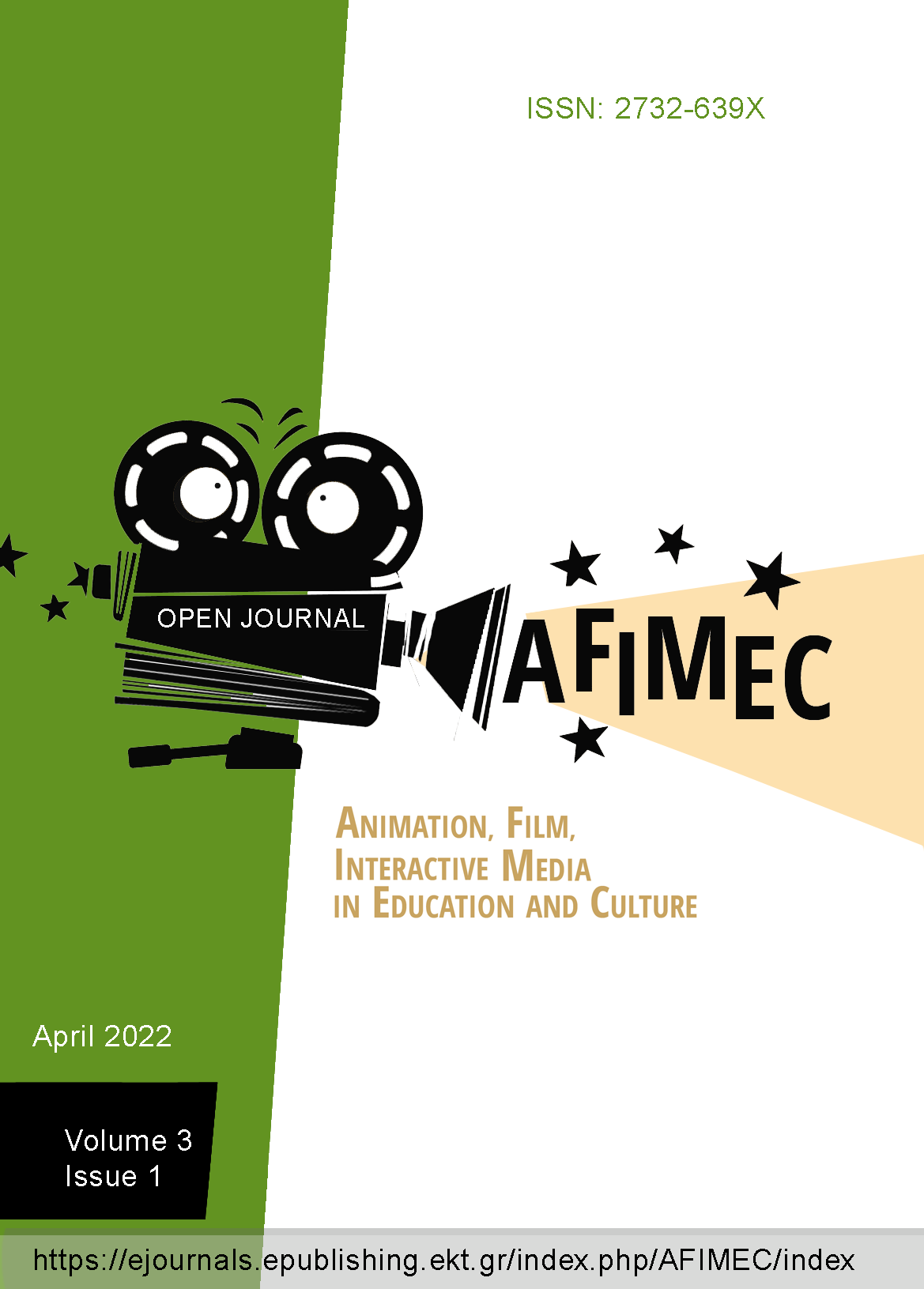Ανάλυση Ποιοτικών Χαρακτηριστικών Εκπαιδευτικών Βίντεο: Οι Περιπτώσεις της ΕΡΤ και του ΡΙΚ
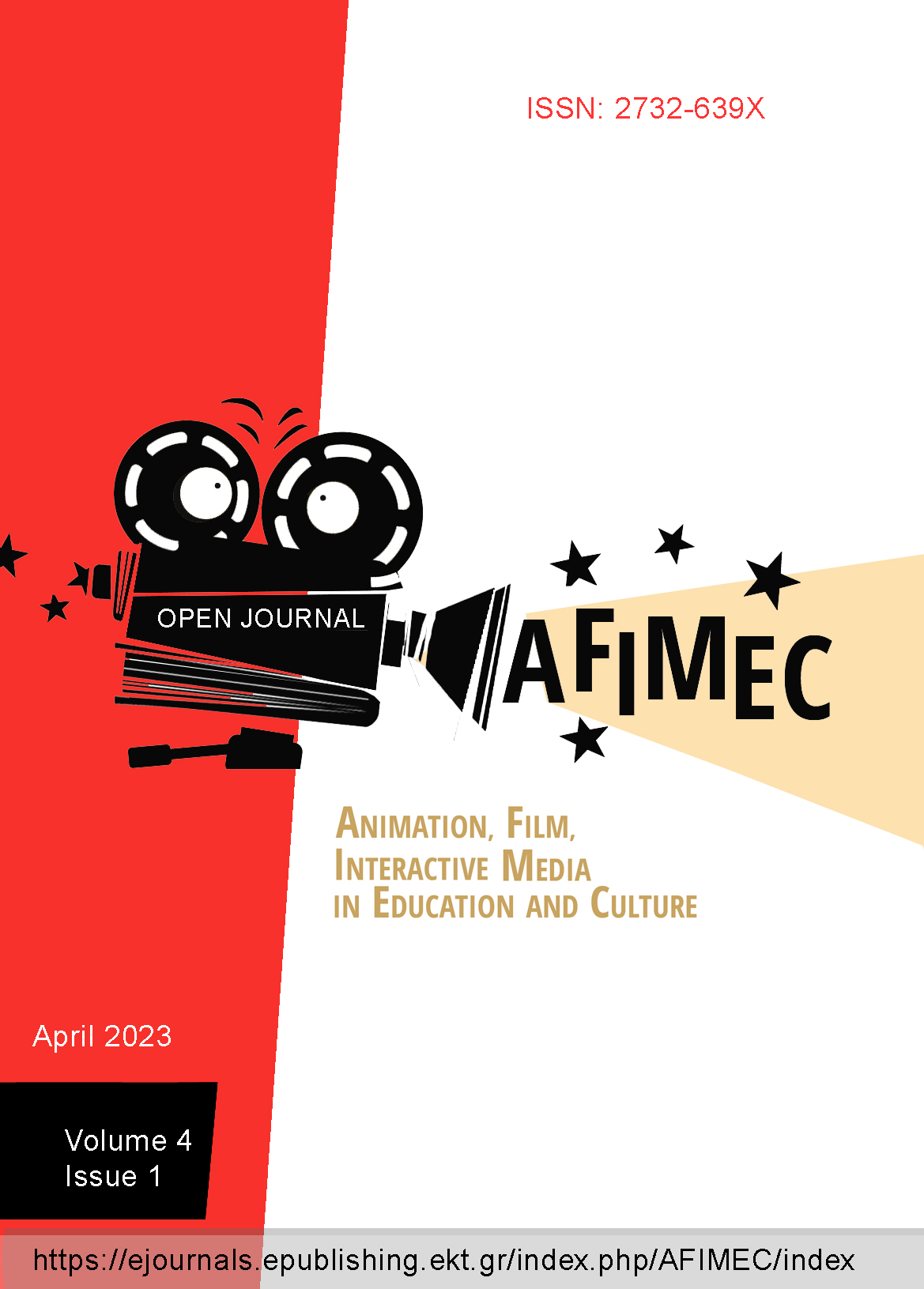
Abstract
The purpose of this study was to evaluate the quality characteristics of the educational videos produced by ERT and RIK in the period of March 2019-June 2021 as an emergency measure to cover the problem of the "urgent" distance education. To achieve this, the research methodology of quantified content analysis was followed, which included two stages, the creation of the rubric-evaluation protocol, for which principles of multimedia learning, video designs and cognitive theories were used, and the analysis of the videos. A total of 40 video lessons from ERT and 20 from RIK were examined by 2 researchers. From the results of the research, it appears that the effort made for the design and development of educational videos had quite weak elements, and does not meet to a large extent qualitative characteristics that can be drawn from the existing literature, regarding educational videos.
Article Details
- How to Cite
-
Χαραλαμπίδου Χ., & Σοφός Α. (Λοΐζος). (2023). Ανάλυση Ποιοτικών Χαρακτηριστικών Εκπαιδευτικών Βίντεο: Οι Περιπτώσεις της ΕΡΤ και του ΡΙΚ. Open Journal of Animation, Film and Interactive Media in Education and Culture [AFIMinEC], 4(1). https://doi.org/10.12681/afiinmec.34266
- Section
- Articles
- Οι Συγγραφείς διατηρούν τα Πνευματικά Δικαιώματα και χορηγούν στο περιοδικό το δικαίωμα της πρώτης δημοσίευσης ενώ ταυτόχρονα τα πνευματικά δικαιώματα της εργασίας προστατεύονται σύμφωνα με την Creative Commons Attribution License που επιτρέπει σε τρίτους - αποδέκτες της άδειας να χρησιμοποιούν την εργασία όπως θέλουν με την προϋπόθεση της διατήρησης των διατυπώσεων που προβλέπονται στην άδεια σχετικά με την αναφορά στον αρχικό δημιουργό και την αρχική δημοσίευση σε αυτό το περιοδικό.
- Οι Συγγραφείς μπορούν να συνάπτουν ξεχωριστές, και πρόσθετες συμβάσεις και συμφωνίες για την μη αποκλειστική διανομή της εργασίας όπως δημοσιεύτηκε στο περιοδικό αυτό (π.χ. κατάθεση σε ένα ακαδημαϊκό καταθετήριο ή δημοσίευση σε ένα βιβλίο), με την προϋπόθεση της αναγνώρισης και την αναφοράς της πρώτης δημοσίευσης σε αυτό το περιοδικό.



